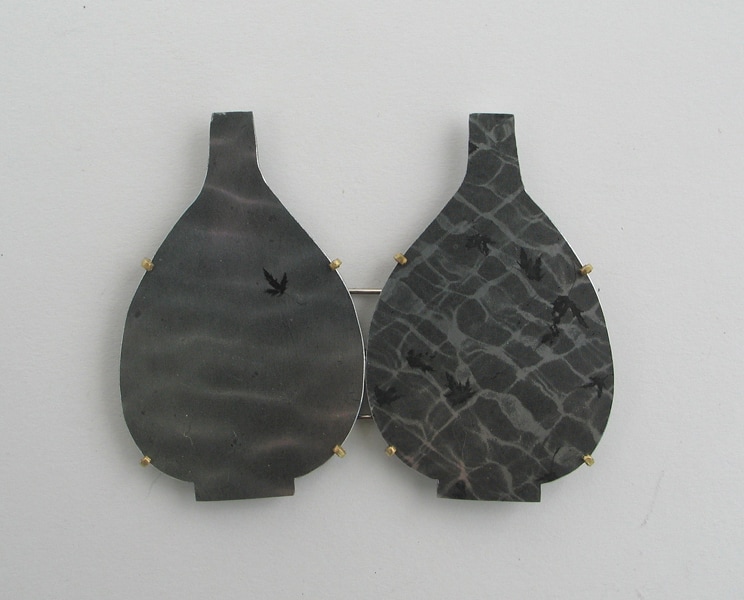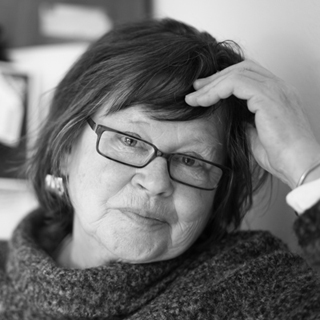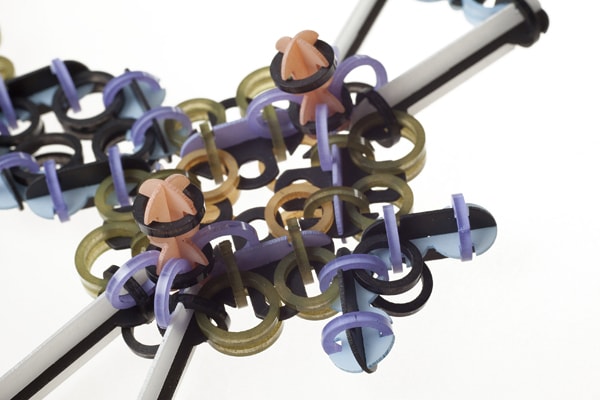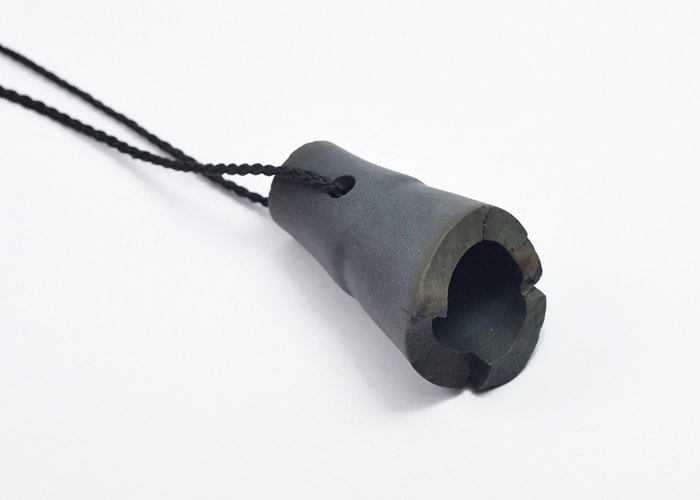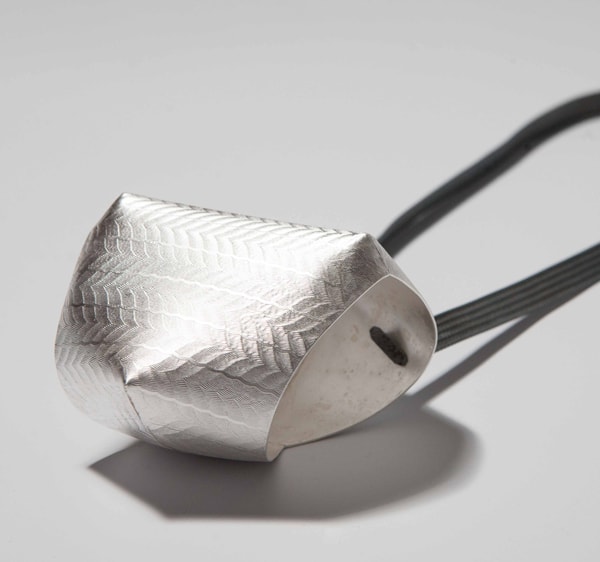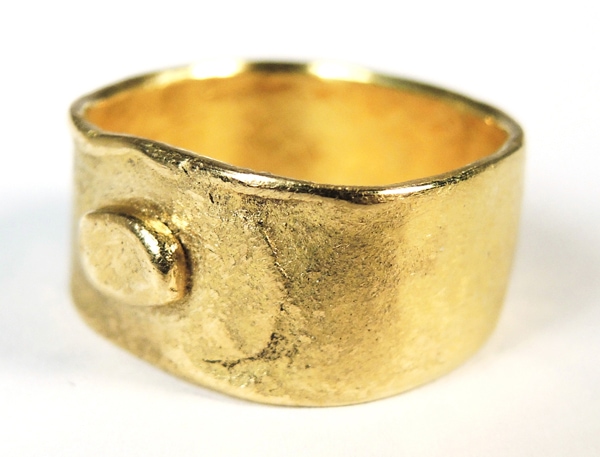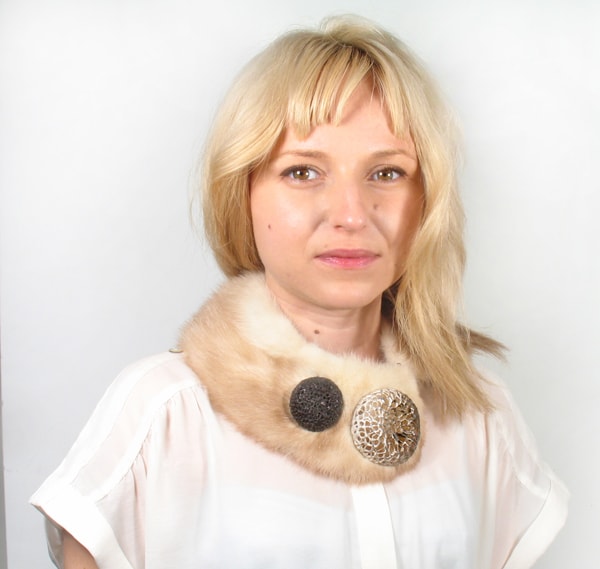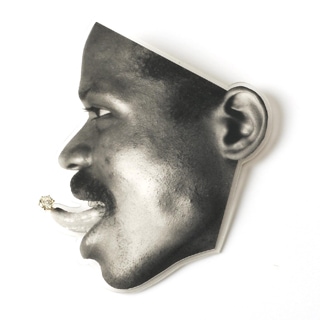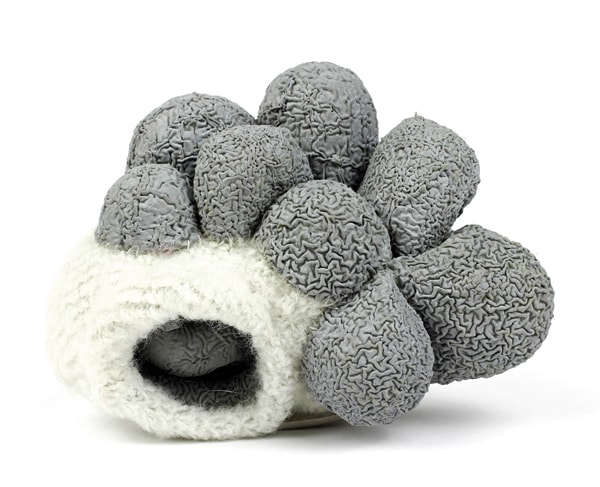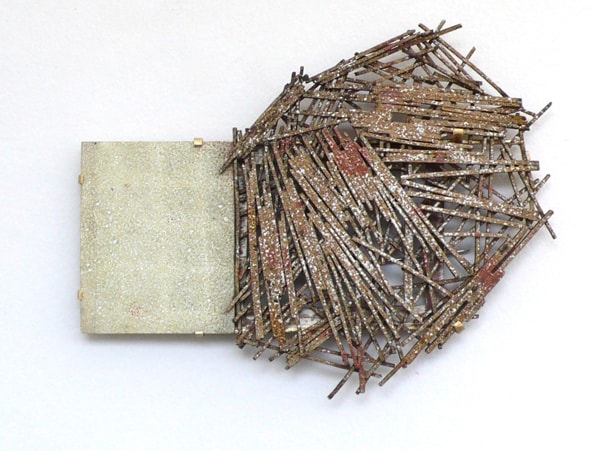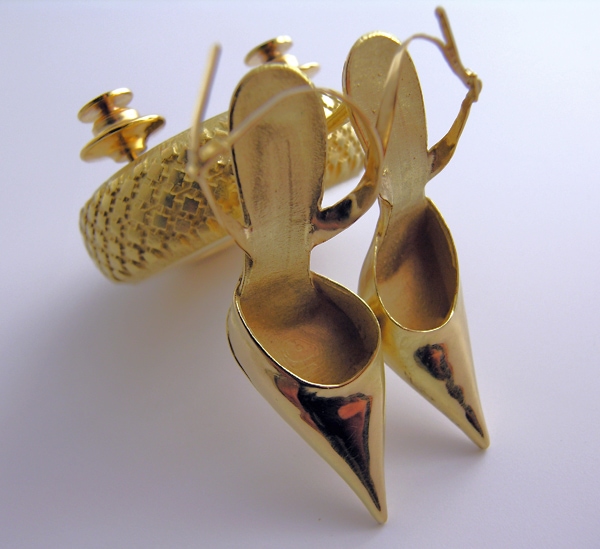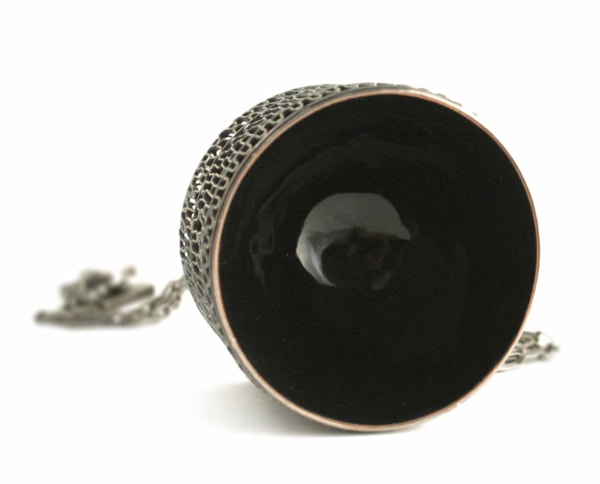Bettina Speckner: Foto-jóias
 Bettina Speckner is a German jewelry artist who studied under Otto Künzli and Hermann Jünger at the Academy of Fine Arts in Munich. She has exhibited her work in major galleries, and now hers is the first jewelry show at the Galeria Thomas Cohn in Brazil. This gallery, up until now, has been exclusively an art gallery, but has made the bold move to become devoted to a new art form (for him)—contemporary jewelry. Bettina is known for creating fresh yet nostalgic narratives by altering ferrotypes, some dating back to the Industrial Revolution, with a surgeon’s touch and jeweler’s eye.
Bettina Speckner is a German jewelry artist who studied under Otto Künzli and Hermann Jünger at the Academy of Fine Arts in Munich. She has exhibited her work in major galleries, and now hers is the first jewelry show at the Galeria Thomas Cohn in Brazil. This gallery, up until now, has been exclusively an art gallery, but has made the bold move to become devoted to a new art form (for him)—contemporary jewelry. Bettina is known for creating fresh yet nostalgic narratives by altering ferrotypes, some dating back to the Industrial Revolution, with a surgeon’s touch and jeweler’s eye.
Olivia Shih: This is the first jewelry show by the Thomás Cohn Gallery in São Paulo, Brazil. How did you connect with him in the first place?
Bettina Speckner: Thomas contacted me via email. When he told me that he had the idea to start a gallery of contemporary jewelry in Sao Paulo, I was of course interested and also fascinated by his brave idea. I was in Brazil 25 years ago for six months, and I had my very first solo exhibition there.
You were studying painting before you transferred to the jewelry department and studied under Otto Künzli and Hermann Jünger. How has this background influenced your work?
Bettina Speckner: I think it still does. My way of seeing is maybe with a painter’s eye—my jewelry pieces rarely are three-dimensional, and everything happens on a two-dimensional surface. Maybe even my use of imagery comes from there. It gives me the possibility to play.
Bettina Speckner: Foto-jóias Read More »
